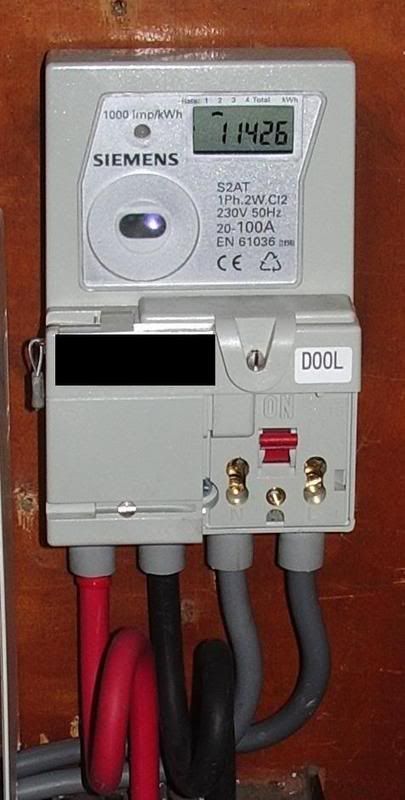We would be very unhappy with you!!
No, seriously do not attempt it, the incomming cable is not flexible, armoured or anchored so if you get it wrong you can risk an explosion (the cable would be protected by a minumum of a 200A fuse, probably higher that may or may not operate!)
You risk putting stress on the cutout and damaging it by the cable moving.
Think, if nothing else you will be trying to rotate the whole assembly through 180deg this WILL twist the cable in the cutout and has a high chance of causing one of the above.
In the event of any of the above you could be facing a bill higher than paying the DNO to move it.
Even if nothing goes wrong you risk it failing at a later date again if we can show you had moved it we would be charging you for the repair.
No, seriously do not attempt it, the incomming cable is not flexible, armoured or anchored so if you get it wrong you can risk an explosion (the cable would be protected by a minumum of a 200A fuse, probably higher that may or may not operate!)
You risk putting stress on the cutout and damaging it by the cable moving.
Think, if nothing else you will be trying to rotate the whole assembly through 180deg this WILL twist the cable in the cutout and has a high chance of causing one of the above.
In the event of any of the above you could be facing a bill higher than paying the DNO to move it.
Even if nothing goes wrong you risk it failing at a later date again if we can show you had moved it we would be charging you for the repair.


